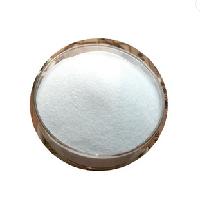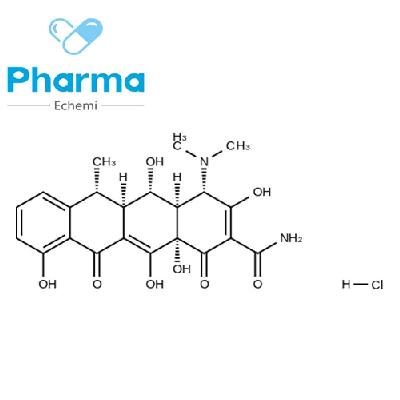Generally speaking, China's pharmaceutical circulation market is divided into in-hospital market and out-of-hospital market
.
For a long time, the hospital market has been relatively centralized and standardized, with special personnel covering the docking, and has always been the core target market
of pharmaceutical companies.
The off-campus market includes a vast range of online and offline retail pharmacies and private institutions (including private hospitals, private clinics and most village clinics contracted by village doctors
).
Although the volume is considerable, it is presented as a long-tail market
composed of scattered and small-scale monomers.
In recent years, with the continuous implementation of medical reform measures such as medical insurance cost control, centralized procurement, zero addition of drugs in hospitals, and outflow of prescriptions, the original domestic pharmaceutical circulation pattern has been broken, and the layout has become the consensus
of pharmaceutical companies in the off-hospital market.
Whether it is a pharmaceutical industry group, a chain pharmacy system, or an industrial Internet, the off-campus market has obviously become a common territory
for all industry participants.
Industry analysts believe that with the further deepening of medical reform, the structure of hospital drug use has become more concentrated, and for many enterprises, actively exploring the out-of-hospital market has become an inevitable trend
.
It is reported that foreign-funded pharmaceutical companies such as Pfizer, AstraZeneca, Bayer and other foreign-funded pharmaceutical companies have long begun to form a special market team to specialize in the outflow of prescriptions
from the grass-roots market.
Among them, after the third batch of collection and bidding, Pfizer has already done a re-analysis of the relevant strategy, and also made a strategy of "one product and three dosage forms", with the intention of helping the hospital establish a rational drug use directory
.
In addition, Bayer has already begun to join hands with pharmacies to try to achieve a win-win situation
in dual-brand marketing.
On July 9, 2019, it also reached a strategic cooperation intention with Pharmacist Gang, and the two sides will give full play to their respective advantages in the field of medicine and health and the Internet, build a one-stop operation platform from enterprises to terminal sales, and jointly create a new ecology of real-time interaction, openness and accessibility, focusing on the service
of "sinking market".
At the same time, there are also a large number of pharmaceutical companies that have not won the bid to almost lose the original main sales market, and they are also having to exert efforts in the out-of-hospital market
.
In this context, the number of grass-roots terminals in the off-campus market, including clinics and pharmacies, has risen
rapidly.
According to the data of the State Food and Drug Administration, the growth rate of China's "Drug Business License" license-holding enterprises has increased
significantly since 2018.
As of the end of September 2021, there were 606,500 licensed enterprises in the country, an increase of 33,200 over the end of 2020
.
In general, the out-of-hospital market is receiving more and more attention
from pharmaceutical companies.
In the industry's view, with the acceleration of the separation of pharmaceutical companies, it will be the general trend
for the outside market to surpass the hospital.
It is worth noting that at present, under the trend of pharmaceutical companies continuing to pour into the off-campus market and accelerating the growth of retail terminals, the contradiction between the demand for efficient circulation in the entire system and the continued pain points of the traditional supply chain will become more prominent, and how to explore a lower cost and more efficient layout of the off-campus market model in the future is expected to become an urgent problem
for pharmaceutical companies to solve.







